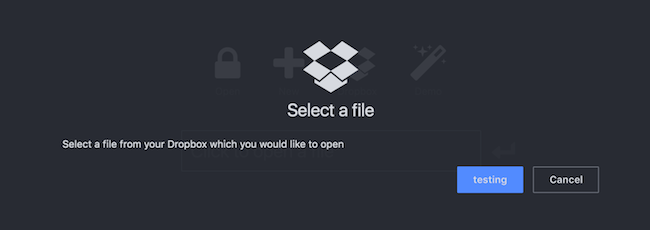
Depending on your browser type, you can install it either from the Google Chrome Web Store, or from the Mozilla Firefox extension gallery. To use KeeWeb Connect in other browsers, first, you need the extension itself. To be able to use the extension, enable the integration in KeeWeb settings: Other browsers The main components of the extension are:Įxtension button, provides one-click auto-fill and submit:Įxtension menu, gives an option to choose the desired action: The extension can be installed from the official stores, depending on your browser: Compared to auto-type, they provide deeper and more convenient integration. In short, if the official KeePass application is not your cup of tea, KeeWeb offers a lightweight and sleek alternative.Browser auto-fill is more convenient with extensions.

KeeWeb also supports keyboard shortcuts, and there are a handful of settings you can adjust to your liking. It's possible to organize entries into groups as well as specify tags, colors, expiration, and custom fields for each entry. The app conveniently remembers the recently used databases, you don't need to select them manually. kdbx database or create a new one from scratch. KeeWeb puts all essential tool and features at your fingertips. To do this clone the project's GitHub repository to the document root of your server and switch to the gh-pages branch: git clone Instead of running KeeWeb locally, you can deploy it as a web app. kdbx database, of link KeeWeb to Dropbox to work with databases stored on Dropbox. To run KeeWeb on a Linux desktop, grab the latest version of the app from the project's Releases page, unpack the downloaded archive, and run the KeeWeb executable binary.

kdbx databases and features a polished user-friendly interface. Enter KeeWeb, a lightweight desktop and web app that can handle. KeePass is one of the best password managers out there, but let's face it: the KeePass 2.x application written in Mono installs a huge number of dependencies and it looks anything but sleek on the Linux desktop.


 0 kommentar(er)
0 kommentar(er)
